Enterprises’ worry is being in the debt group for banks
 |
| Businesses all want to be created more favorable conditions in accessing capital sources for production and business. Photo: H.Dju |
Risks from a difficult context
In the professional activities and regulations of the banking industry, based on the credit history of customers, banks are classified into five types of credit debt. The safest category is qualified debt, followed by attention debt. Three types of debt are considered bad debt, including substandard debt, doubtful debt and potential loss of capital. If enterprises have debts classified in one of these three types of bad debts, it will be more difficult to access new credit capital for production and business investment.
Therefore, both businesses and banks are very afraid of the debt group jumping because it will lead to risks for both sides.
However, according to the report of the Credit Department for Economic Sectors (SBV), although small and medium-sized enterprises have gradually recovered their production and business, many businesses have not been able to repay all the restructured and due debts, despite being restructured by banks in accordance with normal regulations, it still faces many difficulties due to being transferred to another debt group, so it is difficult to access loans to serve production and business.
According to a representative of the Bank for Agriculture and Rural Development (Agribank), the financial capacity of small and medium-sized enterprises is still limited, with unsustainable growth, leading to a low sense of debt repayment and law compliance.
Moreover, many businesses do not disclose information and the financial situation of the company, not transparent, and are dishonest in financial management, making it difficult for banks to appraise and evaluate the financial capacity and efficiency of business activities.
In fact, bad debt at banks has been increasing. According to the SBV's report, on-balance sheet bad debt is at 2% and gross bad debt is at about 3.5%. According to the financial statements of commercial banks, by the end of 2022, there were 13 of 27 banks with an increase in bad debt ratio, the volume of bad debt increased by more than 30% compared to the beginning of 2022, making the bad debt ratio increase. The average bad debt ratio of 27 banks increased by nearly 0.7% compared to 2021.
Experts at Yuanta Securities said that the bad debt ratio of the banking industry will increase slightly in 2023 due to the expiration of the debt restructuring deadline and risks from the macro economy. The conference on real estate credit has just taken place, and a series of real estate giants voiced concerns about the maturity of individual corporate bonds and credit loans will lead to the risk of turning into bad debt or jumping into a bad debt group.
Increase the ability to pay debt on time
Many businesses want to restructure credit loans that are due within 12-24 months, keep the same debt group and get new credit loans with collateral. Along with that, in order to help businesses be able to repay loans when borrowing capital, businesses want the interest rate to be at an "easier" level; because the interest rate is up to 14-16 %/year at present, businesses are not expected to pay. It is very difficult for businesses to calculate the cash flow to pay debts on time in today's volatile business climate.
Mr. Hoang Minh Nhat, Director of Hoang Minh Nhat Joint Stock Company (a rice exporter) said that the agricultural rice industry and agricultural products in the Mekong Delta are seasonal, so almost traders face many difficulties in accessing capital, especially working capital.
According to a representative of the Vietnam Food Association; with the use of large financial leverage, the maintenance of a 5% circulation reserve in accordance with the provisions of Decree No. 107/2018/ND-CP of the Government on the rice export business also puts a lot of pressure on rice exporters.
However, the fact that many businesses in Vietnam, especially small and medium-sized enterprises, still have many limitations in financial management, which makes banks very hesitant in granting credit. According to Ms. Bui Thu Thuy, Deputy Director of the Enterprise Development Department, Ministry of Planning and Investment, many small and medium-sized enterprises have limited capacity in cash flow management skills, even businesses borrow short-term capital but invest in long-term without knowing how to prepare financial statements, so they can't control how profitable or break-even cash flow is or control cash flow to repay debt.
On the other hand, in order to improve the ability to evaluate businesses while banks cannot implement solutions to "lower standards" in credit granting conditions, banks need to improve the exploitation of information about businesses from many related agencies.
According to experts, banks not only learn through the Credit Information Center (CIC), but also have to maximize information and data about loan businesses through associations, industries, tax agencies, and Customs.
Besides, banks also proposed solutions to increase the efficiency of credit guarantee funds in order to share risks with the banking system.
Related News
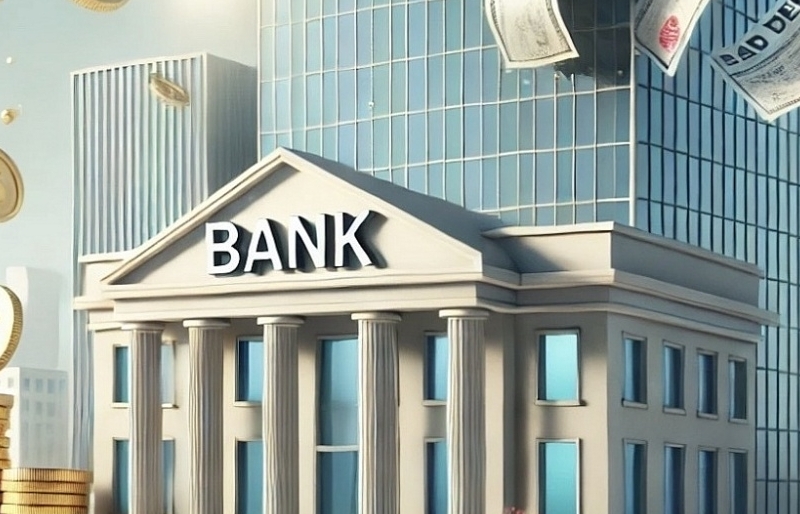
Banks still "struggling" to find tools for handling bad debt
13:47 | 28/12/2024 Finance

Continue to handle cross-ownership in banks
10:35 | 02/11/2024 Finance

More efficient thanks to centralized payments between the State Treasury and banks
13:51 | 17/10/2024 Finance
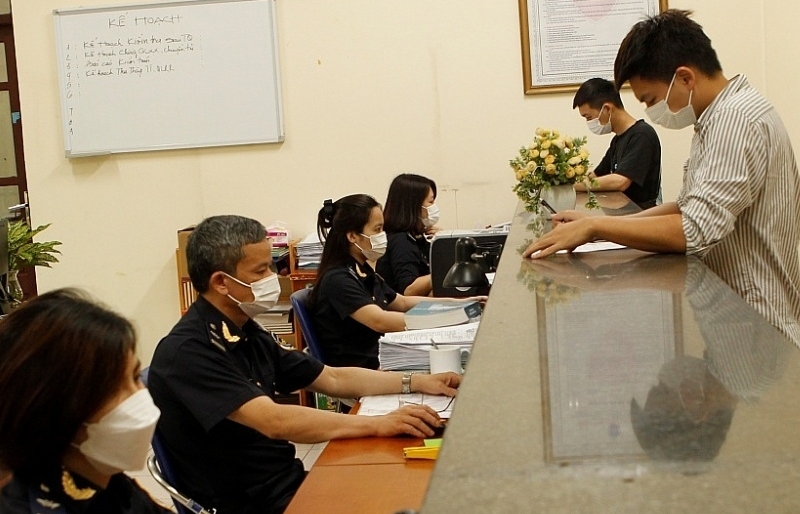
How to handle export processing enterprises forgetting to open a corresponding import declaration
09:17 | 14/10/2024 Regulations
Latest News

Embracing green exports: a pathway to enter global supply chains
10:33 | 20/02/2025 Import-Export

New policy proposed to prevent transfer pricing, tax evasion of FDI enterprises
10:32 | 20/02/2025 Import-Export

Việt Nam’s durian exports to China plummet by 80%
16:18 | 19/02/2025 Import-Export
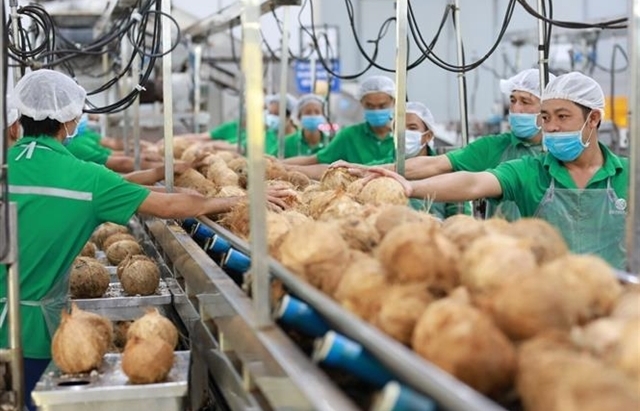
Coconut exports reach 14-year high
15:29 | 18/02/2025 Import-Export
More News

Shrimp exports grow in the first month of 2025
15:28 | 18/02/2025 Import-Export
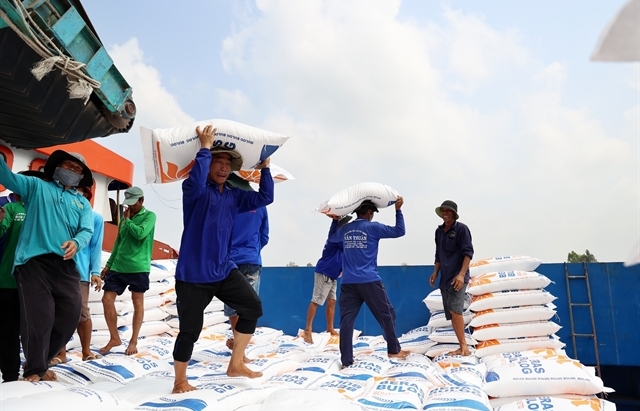
Rice export prices drop, but decline expected to be short-term
08:10 | 17/02/2025 Import-Export
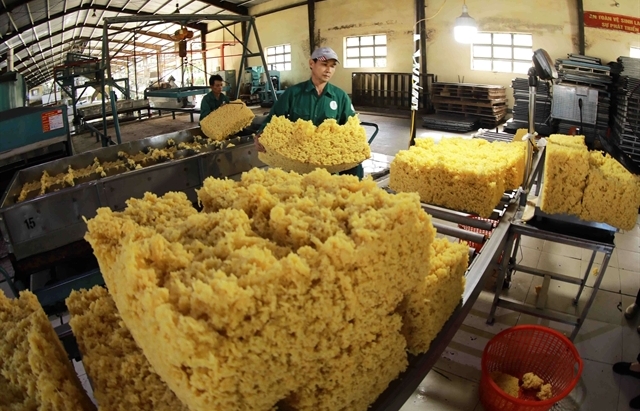
Key agro products expected to maintain export growth this year
08:08 | 17/02/2025 Import-Export
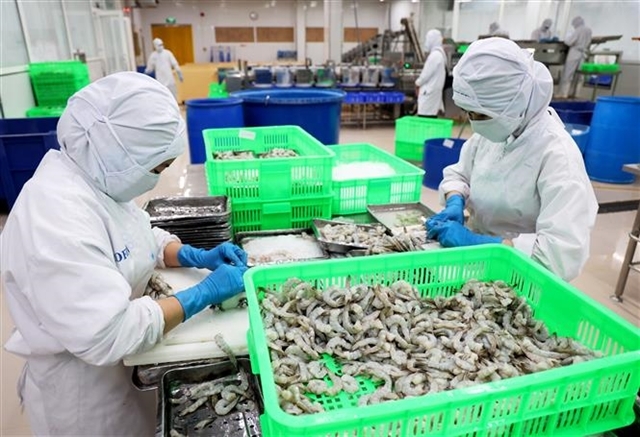
EU issues 12 warnings against Việt Nam’s food and agricultural exports
08:07 | 17/02/2025 Import-Export
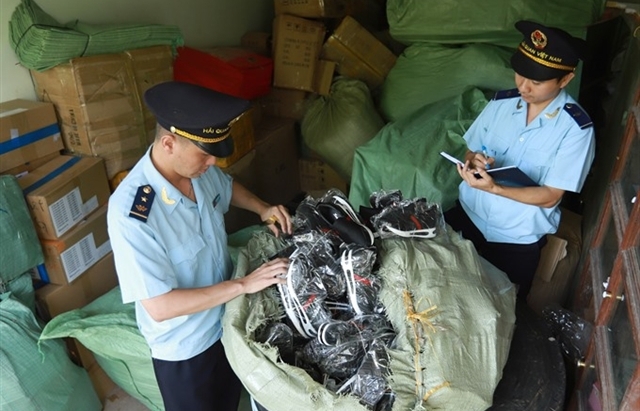
Việt Nam to impose VAT on low-value express-imported goods
08:06 | 17/02/2025 Import-Export

Exchange rate risks need attention in near future
16:31 | 15/02/2025 Import-Export
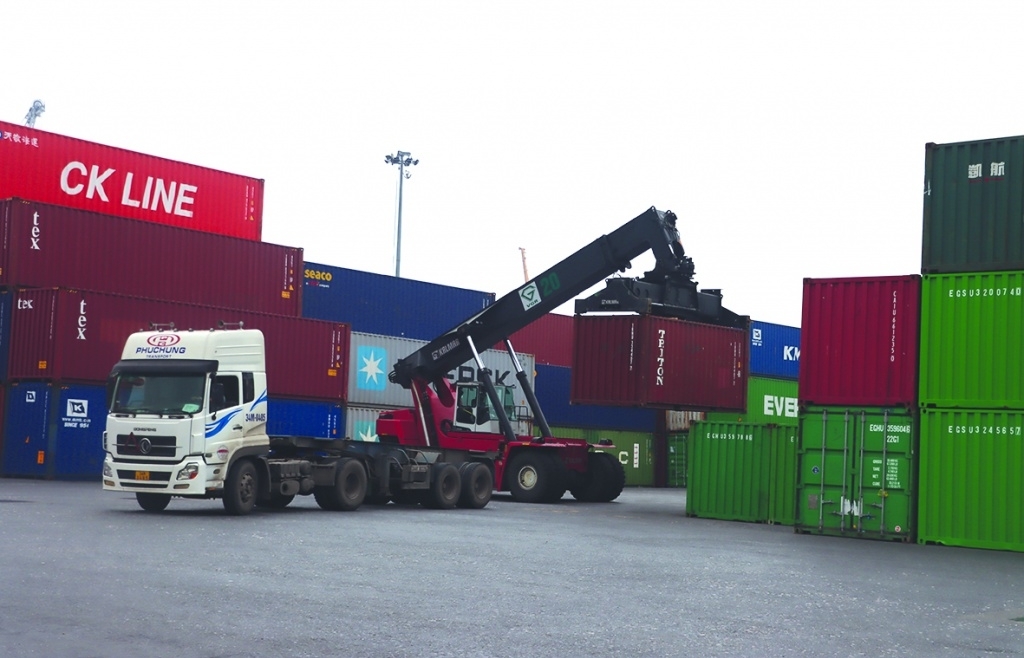
Vietnam kicked off the year with a strong start in trade, exceeding US$63 billion in the first month
16:30 | 15/02/2025 Import-Export

Import and export turnover reaches about US$29 billion in the second half of January 2025
14:52 | 14/02/2025 Import-Export

Market edges up slightly as liquidity remains low
14:48 | 14/02/2025 Import-Export
Your care
The system has not recorded your reading habits.
Please Login/Register so that the system can provide articles according to your reading needs.

Embracing green exports: a pathway to enter global supply chains
10:33 | 20/02/2025 Import-Export

New policy proposed to prevent transfer pricing, tax evasion of FDI enterprises
10:32 | 20/02/2025 Import-Export

Việt Nam’s durian exports to China plummet by 80%
16:18 | 19/02/2025 Import-Export

Coconut exports reach 14-year high
15:29 | 18/02/2025 Import-Export

Shrimp exports grow in the first month of 2025
15:28 | 18/02/2025 Import-Export
